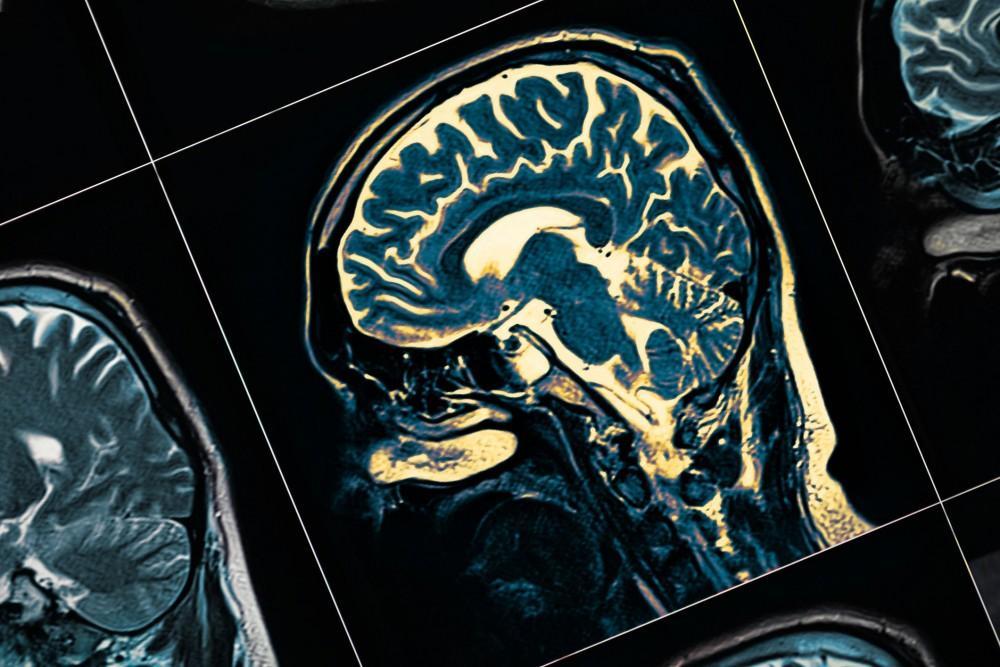
A Third of Eligible Migraine Patients Were Not Offered preventive therapy
Find out why a third of eligible migraine patients were not offered preventive therapy and
By discovering a new gene involved in the process of Parkinson’s, the team hopes to pave the way for future studies looking to identify better treatments and even a cure. There are currently between four to six million people that suffer from the disease globally, and 50,000-60,000 new cases are diagnosed in the U.S. every year. With an already growing population of 1 million Americans that have the disease, scientists are working harder each day to find a potential source of treatment.
As recent as 2010, the CDC ranked complications from Parkinson’s as the 14th highest cause of death in America. Patients that suffer from the disease are experiencing a dopamine deficiency, which is a hormone that helps the brain regulate movement. If the neurons that produce dopamine die or work incorrectly, symptoms of Parkinson’s including tremors, slowed movements, stiff muscles, problems with balance, speech issues, sleep problems, and depression will occur. Conducted by Dr. Ming Guo, the study at the University of California focused on experiments with genes that have already been identified with ties to the disorder.
Two genes that scientists have pinpointed in connection with the disease are PINK1 and PARKIN. When both genes are working correctly, they maintain the shape of mitochondria and remove damaged mitochrondria from the cell. If there are mutations in these two genes, symptoms of Parkinson’s develop because there is then an excess amount of damaged mitochondria building up in the cells. Over the course of their five year study published in eLife, the team discovered the gene MUL1, which also plays an important role in the development of Parkinson’s.
Using fruit flies and mice, the team examined many different forms of mutated PINK1 and PARKIN genes. They noted that specimens given an extra form of the MUL1 gene actually repaired damage to their mitochondria, while inhibiting the gene resulted in even worse damage to the organelle. If they removed the gene from the mice, they found extensive neuron degeneration as well as mitochondrial damage.
One of the best aspects of this research is that it holds potential for new treatments to combat Parkinson’s. It provides insight into the importance of mitochondrial health and also gives scientists hope for finding a drug to treat the disease. From this point, the team will be focusing on testing more complex animals to see if the properties of the gene appear elsewhere. They are also hoping to find compounds that target the gene specifically and then see if the gene exists in patients who inherited Parkinson’s.
Gary Starkman

A Third of Eligible Migraine Patients Were Not Offered preventive therapy
Find out why a third of eligible migraine patients were not offered preventive therapy and

New NYNA Tourette Syndrome Study
Learn how NY Neurology Associates is advancing Tourette syndrome care with innovative treatments and a

Seizures: Understanding and Overview
Discover what causes seizures, how to recognize key symptoms, and the steps that help keep
